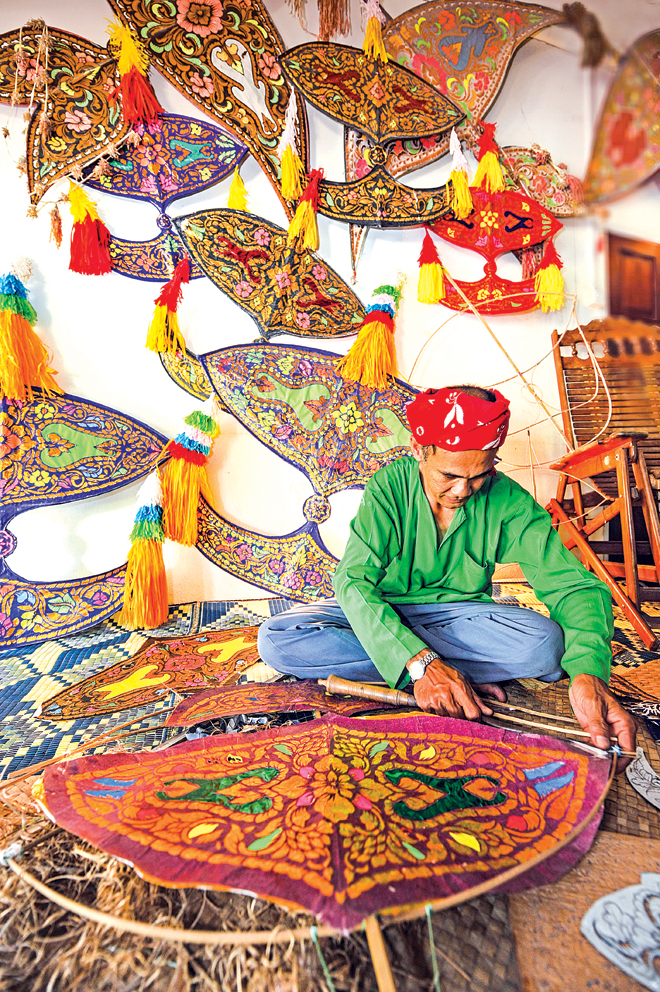
The idyllic islands and beaches in Malaysia offer exciting activities for nature lovers.
Malaysian is becoming a popular destination for Cambodian tourists as the country saw a sharp rise in the number of visiting Cambodians last year.
A total of 90,042 Cambodians travelled to Malaysia in 2018, which is a 114.4 per cent increase from 2017. This year the increasing trend continues where 51,005 Cambodian tourists visited Malaysia from January to June, which is a 19.4 per cent compared to the same period a year ago.
Mekong Discovery Co Ltd executive director Kelvin Tan told The Post that there is huge potential for outbound tourism in Cambodia as many Cambodians have not travel overseas before. This trend of increasing outbound Cambodian tourists are supported by the increasing middle-class population and Malaysia can capitalise on this development.
Last year, there were 1,995,499 Cambodian outbound tourists, which is a 13.9 per cent growth from 2017’s 1,752,269 Cambodian outbound tourists. From January to April 2019, 660,364 Cambodian tourists have travelled overseas.
According to a report, Cambodia and Malaysia have agreed to set up a specialised team for tourism cooperation. The two countries are also set to sign a memorandum of understanding on the tourism sector during Malaysian Prime Minister Dr Mahathir Mohamad’s visit to the Kingdom in early September.
Speaking on inbound tourists to Cambodia, Tan said the Kingdom is growing in popularity as a short haul tour destination for travellers from China.

Tan: Malaysia can tap into the rising Cambodian outbound travel.
“According to my knowledge, Cambodia is one of the few countries in the region to offer visa on arrival to inbound tourists. Another advantage which helps attract foreign tourist is that Cambodian immigration officials are more efficient and faster in processing visa on arrivals compared to other countries offering the same service.
“Seeing the convenience of travelling to Cambodia, outbound tour agents in China are increasing tour groups to the Kingdom. Tour operators can continue to receive tour package bookings from customers until the last few days before departure,” he explained.
The significant increase of Chinese tourists to Cambodia starting five years ago is supported by the “One Belt One Road” of the Chinese government, where China citizens are encouraged to make investments and set up businesses overseas.
“In its effort to promote China to the world, the Chinese government and authorities in secondary cities have established flight routes for scheduled charter flights to connect with cities of other countries. Cambodian tourism has benefited from the steady rise in number of incoming Chinese tourists,” said Tan.

The “wau” or traditional kite flying is a popular sport in rural areas.
He added that to accommodate and welcome tourists from China, Cambodia has carried out the “China Ready” accreditation programme for tourism related businesses. Under the programme, hotel and tour operator employees are given training especially Chinese language courses to help them provide better service to Chinese tourists.
On the other hand, Tan said that the influx of Chinese tourists also encouraged more “zero-dollar” tours. Zero-dollar tour operators run tours without taking profit, but they bring guests to places charging exorbitant prices on souvenir, food and accommodation and then take commissions; hence local businesses only gain little from these tours.
Another problem affecting tourism in Cambodia is illegal tour operators. “These are unregistered businesses selling tour services online. Some accidents have occurred and tourists injured because they hired unregistered tour operators.
“They should stick to hiring registered tour operators for a guaranteed level of safety and quality of service along their travel,” he said.













